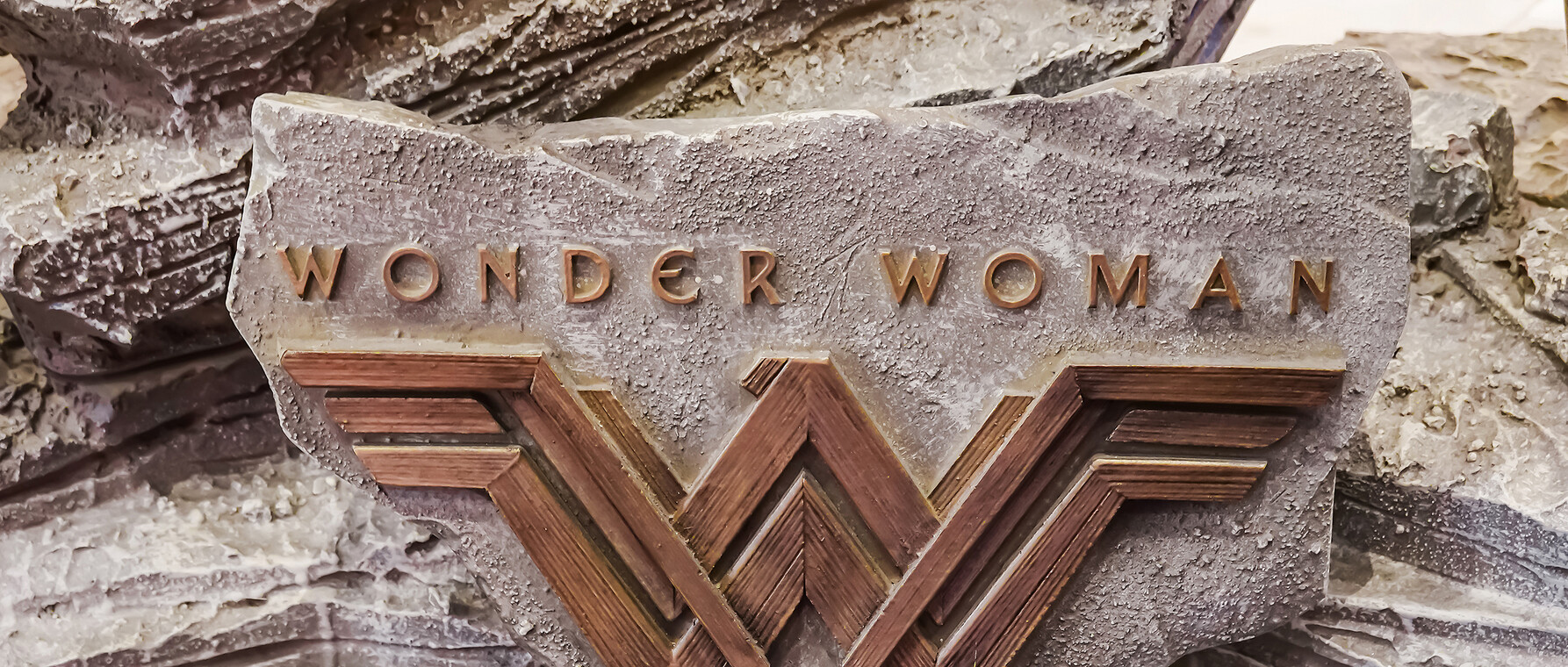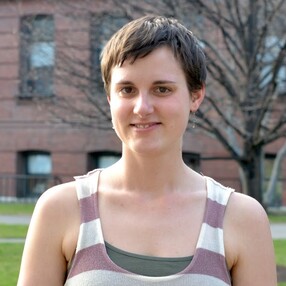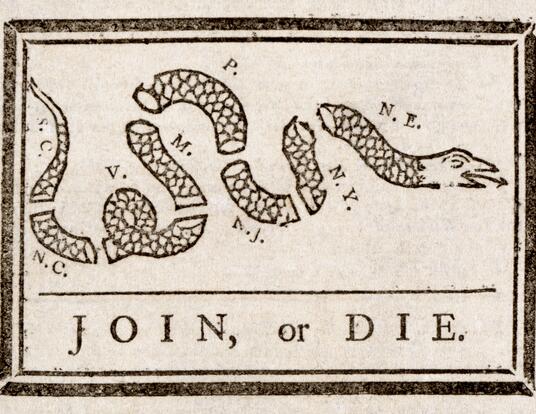Listening to Wonder Women
Edgar explores gender politics in the scores of action films with female heroes

Grace Edgar, PhD ’20, wasn’t born when Maureen O’Hara swashbuckled her way through the 1952 film, At Sword’s Point. O’Hara played the daughter of Athos, one of the musketeers of Alexandre Dumas’s 1844 novel, Les Trois Mousquetaires, charged with rescuing Queen Anne in 1648 France in collaboration with the children of the other musketeers. While the film may have been before her time, Edgar is fascinated by it and many other action films created in the period between the 1950s and 1980s because it features a strong female character.
“A lot of scholars concentrate on big, canonical movies,” she says. “I noticed there were lots of movies where women played interesting roles that haven’t been talked about. Telling the history of film scoring with regard to strong female characters illuminates the Hollywood system from a different angle.”
Now a member of the faculty in Denison University’s Department of Music, Edgar studies the scores of films that helped shape American notions of gender. She finds that strong female characters are not as rare—or as new—as we tend to believe. Moreover, audiences throughout the decades have always viewed female heroes as a novelty, from O’Hara in the 1950s to Gal Godot’s Wonder Woman nearly 70 years later.

Edgar chose to focus on the roughly 40-year span between 1950 and the end of the 1980s for her recent research because it coincided with the Cold War–era. She was drawn to the composers Aaron Copland and Marc Blitzstein and discovered that what she loved about working with their music applied to film scores as well: it offered a lens through which to look at contemporary gender politics.
“During the Cold War, we were focused on containing communism abroad, but in the domestic arena there were anxieties about gender,” she says. “World War II had ended, and women were being pushed out of higher-paying jobs and encouraged to return to the private sphere. It’s not a surprise that there were swashbuckling women and Westerns with gunslinging female bandits and saloon owners in the 1950s. People wanted to explore how women could play a larger role in the public sphere. The trick was to offer people the opportunity to watch women breaking the rules while also reassuring them that traditional gender norms are still somewhat intact.”
Edgar points out that the scores for these action movies, written largely by men, were stylistically diverse, consisting of, for example, sweeping, Wagnerian scores for swashbucklers and anthemic, theme-song scores for Westerns. Genre norms were encoded in the music across genres. In Roy Webb’s score for At Sword’s Point, for instance, Maureen O’Hara’s character is represented by the male-coded heroic theme used for the three other (male) swordfighters. When her character falls in love with the son of D’Artagnan, though, Webb introduces what Edgar calls “a very conspicuous love theme.” Maureen O’Hara could sword fight and save France, but she also needed to put on a dress at some point and fall in love with a man.
As second-wave feminism worked its way into art and entertainment, bold female superheroes emerged. Films like Supergirl (1984) rode that cultural wave. Jerry Goldsmith’s score plays on the camp legacy of comic books, queering Supergirl by linking her to a male-coded leitmotif. Other films, like Conan the Barbarian (1982), channeled the backlash against feminism. The powerful female character, the thief Valeria, is hijacked by conservative messaging. Even though she participates in action sequences, Valeria is only linked to a love theme, which indicates her function in the film—despite her abilities—is to serve as a love interest for Conan.
"All of these Cold War-era action genres—swashbucklers, Westerns, superhero films, or sword-and-sorcery films—come with expectations for the music that’s largely based on the main character being a man," Edgar says. “There’s more activity in the music that’s coded as masculine. The instruments, the style all tell you something about how you are to understand the character. So how do these strong women characters interact with expectations? Film scores participate in a larger discourse on women’s rights.”
Telling the history of film scoring with regard to strong female characters illuminates the Hollywood system from a different angle.
As a more recent example, cites Wonder Woman. Played by the Israeli actor Gal Gadot, the most recent cinematic iteration of the hero was introduced in the 2016 film, Batman vs. Superman: Dawn of Justice. Sexual, sultry, and mysterious, Gadot’s character was exoticized by the otherworldly theme of composers Hans Zimmer and Junkie XL. When Gadot reprised her role as the lead in the 2017 film Wonder Woman, composer Rupert Gregson-Williams desexualized the character by separating the theme music he inherited from Zimmer from a new depiction of the hero. From Batman vs. Superman to Wonder Woman, Gadot’s character musically morphed from sex object to god.
“When Gregson-Williams did use exoticist orchestration,” Edgar notes, “it was not to sexualize her but to create the sense of an ancient Greek mythological setting. Additionally, he built similar theme music for Wonder Woman and Ares, the god of war. Wonder Woman was no longer marked as being different, but as having the same stature as Ares.”
One thing that seems never to change, Edgar says, is the surprise with which audiences view each new wave of female heroes and action stars. Although strong female characters have been around for nearly as long as sound in films—from Barbara Stanwyck and Rosalind Russell in the 1930s and 1940s to Black Panther’s Letitia Wright and Danai Gurira today—we seem still to view them as novel, departures from the norm. Edgar hopes that her work can help change that.
“There were strong women in film far earlier than people realize,” Edgar says. “When Princess Leia appeared in Star Wars in 1977, many people thought she must be the first. But there are many examples of strong female characters in film dating back to the earliest days of cinema. It’s that we tend to think only of canonical movies that came out in the 1970s and beyond.”
Photos Courtesy of Grace Edgar
Get the Latest Updates
Join Our Newsletter
Subscribe to Colloquy Podcast
Simplecast




